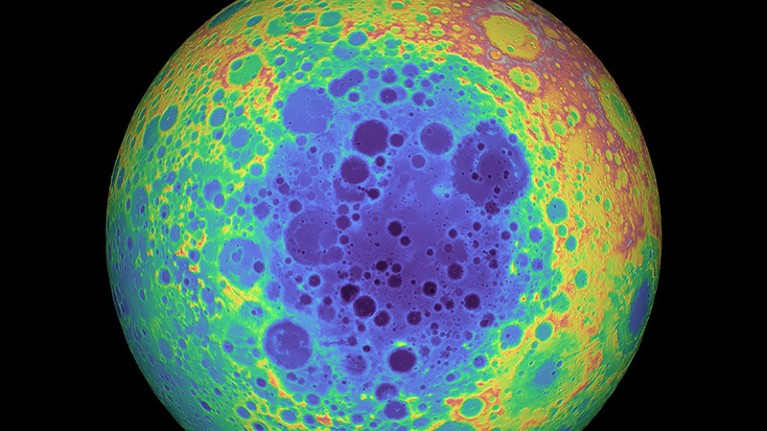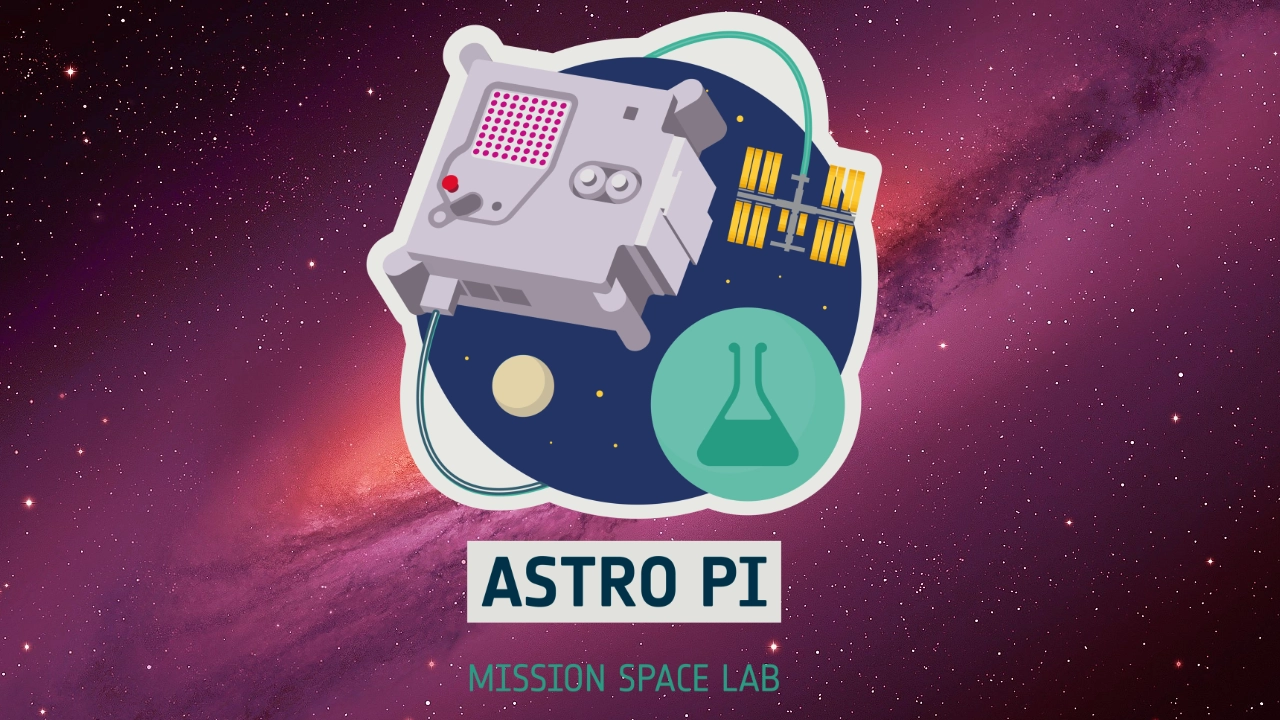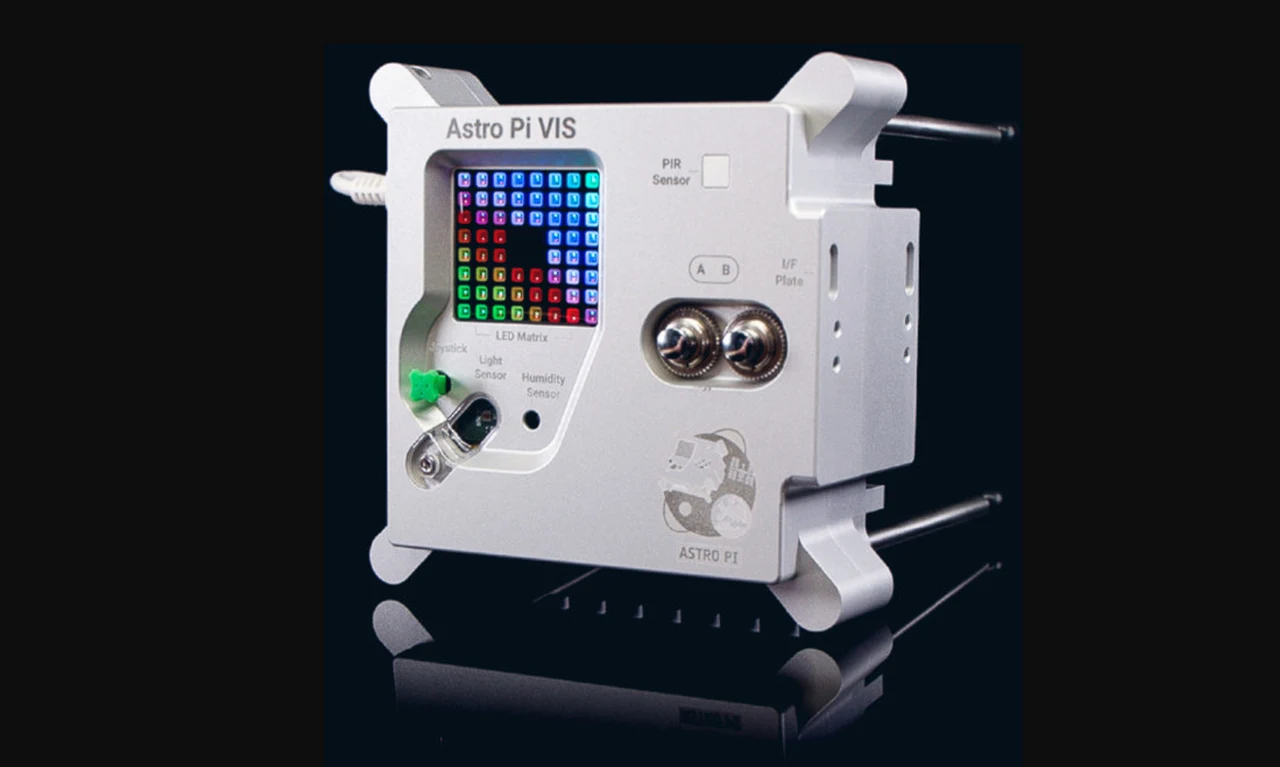[ad_1]
Una compleja misión a Mercurio ha comenzado su odisea espacio Hace seis años, el vuelo encontró problemas críticos de propulsión que, según los observadores, podrían poner en peligro los planes para estudiar el planeta más cercano a la Tierra. sol.
pepe colombo, Una misión conjunta europeo-japonesa, está en camino de llegar a Mercurio el 5 de septiembre para el primero de tres sobrevuelos cruciales destinados a poner la nave espacial robótica en camino alrededor del planeta el próximo año. En octubre de 2025 se lanzaron dos sondas científicas: una operada por la Agencia Espacial Europea y la otra por la Agencia Espacial Europea. Agencia de Exploración Aeroespacial de Japón – Se separará de la unidad para luego estudiar la superficie del planeta y su campo magnético.
Pero es incierto si estas operaciones científicas podrán llevarse a cabo según lo planeado. Durante la maniobra del 26 de abril, la unidad de propulsión eléctrica alimentada por energía solar no proporcionó suficiente energía a los timones de la nave espacial. Según la Agencia Espacial Europea. Después de unos 11 días, los ingenieros restauraron el empuje de la nave espacial a casi su nivel anterior, pero aún un 10 por ciento menos.
“Un equipo de expertos está trabajando incansablemente para comprender la causa fundamental del problema y el impacto adicional en el resto de la trayectoria”, dijo a Mashable Camille Bellot, portavoz de la Agencia Espacial Europea.

Mercurio es quizás el mundo rocoso menos estudiado del sistema solar.
Fuente de la imagen: Laboratorio de Física Aplicada NASA/JHU/Institución Carnegie. Washington
Para adaptarse al nivel más bajo de empuje de la nave espacial, el equipo extendió la duración del arco de empuje hasta que la nave espacial pudiera regresar a la trayectoria correcta. Vuelos planificados Entre septiembre y enero de 2025. En cuanto a la causa del problema de propulsión, los ingenieros todavía están tratando de resolverlo examinando hasta el último dato disponible.
“Sabemos que estamos ante un tema relacionado con la disponibilidad de energía eléctrica de la unidad de transmisión de mercurio”, dijo Bello. “Las transmisiones eléctricas en sí son buenas”.
Velocidad de la luz triturable
Mercurio Quizás sea el mundo rocoso menos estudiado del sistema solar. Es caluroso y de difícil acceso, incluso desde Saturno, y no ha disfrutado del nivel de exploración que han recibido otros planetas alrededor del Sol. Sólo dos naves espaciales anteriores, ambas NASA Las misiones espaciales se han dirigido al planeta Swift, apodado así por su rápida órbita alrededor del sol.
Es posible que el tweet haya sido eliminado.
bebé colomboEmpecé a octubre 2018 A bordo de un cohete Ariane 5 desde un puerto espacial francés en América del Sur, busca estudiar los cráteres polares llenos de hielo, el campo magnético del planeta y un misterioso “hueco” en la superficie. La capa exterior está cubierta de mercurio. Antiguos flujos de lavaexcavado en rocas espaciales hace aproximadamente 4 mil millones de años.
Al ampliar el conocimiento sobre la composición, la atmósfera y el magnetismo de Mercurio, los científicos pueden comprender mejor cómo surgieron los planetas rocosos similares a la Tierra.
Pero éste no es el primer problema difícil para Pepe Colombo. El año pasado, los controladores de misión A Corrección de rumbo importante Para compensar interrupciones de motivación previas. Sin él, BepiColombo podría haberse desviado unas 15.000 millas de su rumbo hacia el lado equivocado del planeta, según la Agencia Espacial Europea.

Son necesarios muchos años de sobrevuelos consecutivos para la misión debido a lo difícil que es alcanzar la órbita de Mercurio.
Crédito: Agencia Espacial Europea
Misión Muchos años de vuelo consecutivo. Necesario por lo difícil que es llegar a Mercurio. Para entrar en órbita alrededor del planeta, la nave espacial debe volar lo suficientemente lento como para verse afectada por la gravedad de Mercurio. Demasiado rápido y te pasará de largo. El problema es que a medida que la nave espacial se acerca al Sol, gana velocidad como una bicicleta que desciende.
Reducir la velocidad en el vacío del espacio no es fácil. La coreografía precisa de balancearse alrededor de los planetas es Una forma para que una nave espacial queme energía. Sin llevar cantidades excesivas de combustible puede provocar lo contrario. Haz que la nave espacial sea muy pesada. Para ponerse en marcha en primer lugar.
Si la gestión de la misión puede abordar adecuadamente el problema de energía de la nave espacial, las operaciones científicas podrían comenzar en la primavera de 2026.
[ad_2]
Source Article Link





 April 18, 1996: Apple unveils a massive $15 million promotional tie-in for the Mission: Impossible movie starring Tom Cruise.
April 18, 1996: Apple unveils a massive $15 million promotional tie-in for the Mission: Impossible movie starring Tom Cruise.





